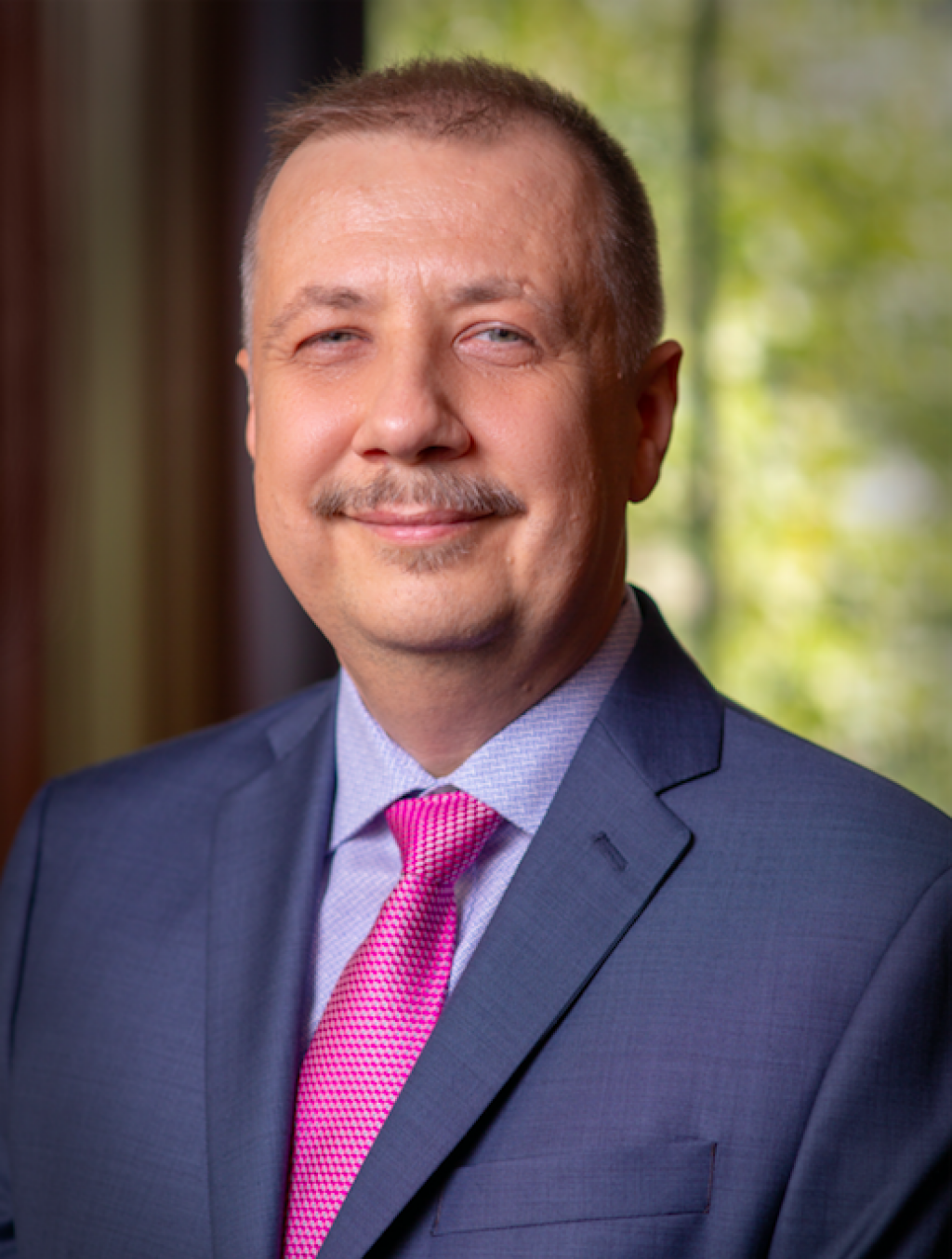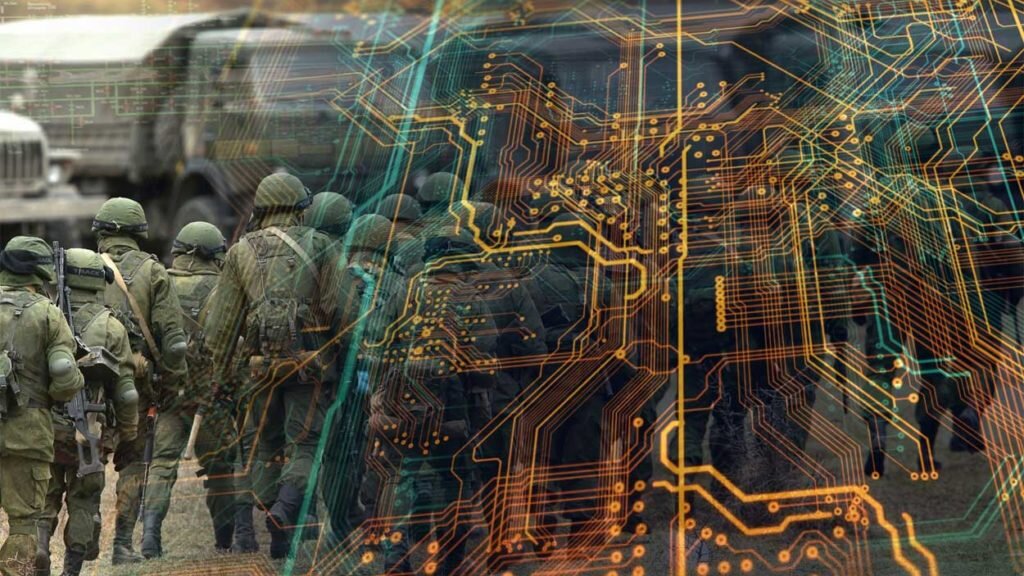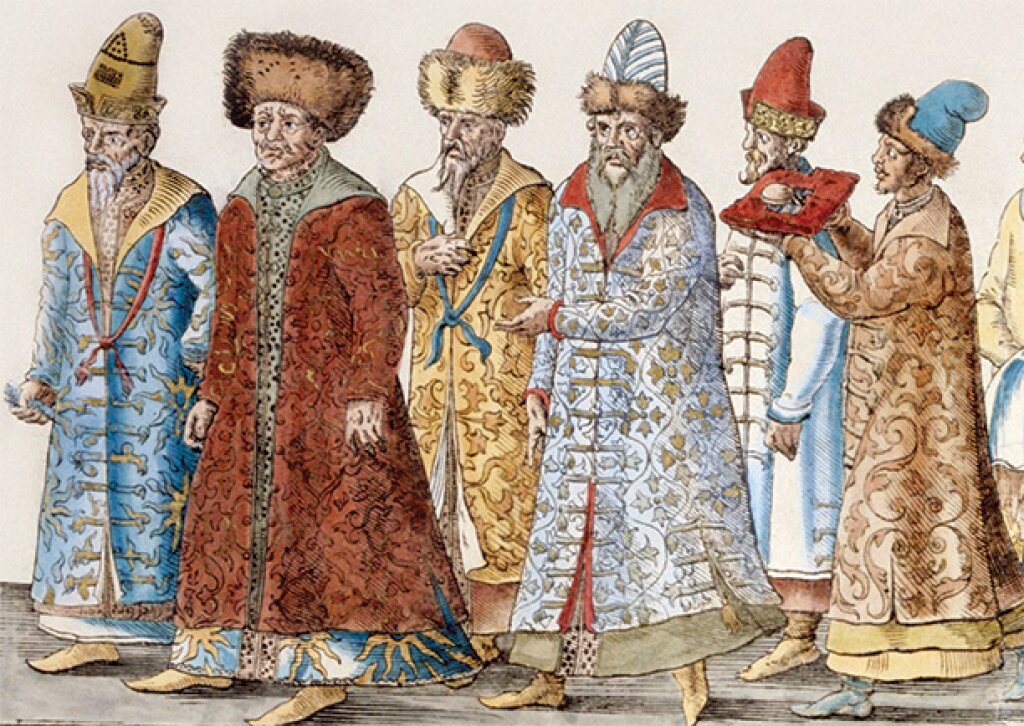Susan Smith-Peter is associate professor of history at the College of Staten Island/City University of New York. She is the author of Imagining Russian Regions: Subnational Identity and Civil Society in Nineteenth-Century Russia (Leiden: Brill, 2018) and has published widely on regions and regionalism.
On October 15, 2018, Bogdan Horbal became the full-time Slavic curator at the New York Public Library. He holds a Ph.D. in history from University of Wrocław in Poland and an MLS from Queens College. Before his appointment, he was head of Technical Processing at the Science, Industry and Business Library. In this post, Susan Smith-Peter interviews Dr. Horbal, who now takes charge of a fantastic collection with much to offer scholars in Slavic Studies and adjacent fields.
The New York Public Library holds one of the most significant collections of Slavic, East European and Baltic materials in the world. Founded in 1899, what became the Slavic and Baltic Division acquired great treasures when the Soviet Union sold them on the world market for hard currency in the 1920s and 1930s. The Division also was a center for scholarship and major exhibitions. In 2008, the library closed the Division and the materials were divided among other parts of the library. In the immediate aftermath of the closure, access to materials became difficult: the remaining members of the division were transferred to jobs where they did not interact with the public. Moreover, retrieving materials sometimes required language skills or special knowledge of locations the remaining staff did not necessarily possess.
Subsequently, the author of this post organized a group of Slavic scholars in the New York area to advocate for the needs of the collection. The library responded by shifting former Division employee Hee-Gwone Yoo to a position where he interacted with the public and could serve the needs of scholars in the field. They also appointed Steve Corrsin as part-time curator of Slavic holdings in addition to his full-time position as curator of the Dorot Jewish Division. These changes helped improve access to the materials and ensured that important parts of the collection were moved to appropriate parts of the library. Ultimately, the library realized that a full-time curator was still necessary due to the significance of the materials and the amount of work they require.
Smith-Peter: Tell me about your path to this job.
Horbal: I was born and raised in Poland and studied history at the University of Wrocław there. Like a lot of people, I came here for what I thought would be a little bit and it’s been 28 years. When I came here, I was going to the Slavic and Baltic Division when I had a free day from waiting tables so I could continue my scholarly work. There I met Edward Kasinec [interviewer’s note: former curator of the Slavic and Baltic Division], who has similar research interests to me. When I was thinking about staying in New York for good and needed to stabilize my situation he said, “why don’t you go to library school and use the skills you learned in Poland?” So I went to Queens College and I did start working at the Slavic and Baltic Division in 1997, but there weren’t any openings for a librarian there. So first I moved to acquisition, then to cataloguing, trying to get a higher position. I was in special projects cataloguing, converting the black printed (main) catalog to an online format. In 2003, I joined the Science, Industry and Business Library (SIBL), where I did cataloguing, dealt with acquisitions, worked on reference, taught classes, did outreach and a lot of other things that will come in handy now. There will be a lot of changes now that SIBL is going to be relocated. The library has wanted to hire a curator for Slavic and East European collections for some time. I got the job! This was the job I always wanted. I went to library school hoping to work with the Slavic and East European collections. That was my only goal, as it was so appealing to me and I could make sense of it historically and culturally.
Smith-Peter: So you went from waiting tables to becoming Slavic curator at the New York Public Library. You’re living the American dream.
Horbal: The American dream, you may say. I do think about the curators who came before me. There were only six. Now it’s going to be me.
Smith-Peter: Tell me about your training as an historian.
Horbal: I started work on history in the mid-1980s. It was a natural thing for me to work on Lemkos [an ethnic group in Poland with a homeland in the Carpathian Mountains]. I’m also Lemko myself. I try to publish on it every year, most often in Lemko. According to the census there are only 10,000 Lemkos in Poland, but I think it’s more. At the end and right after World War II most were resettled, first in Ukraine and then the rest in the western and northern Poland. Only a few thousand returned to their homeland after political thaw of 1956. I wrote Lemko Studies: A Handbook, which was published in 2010 with the East European Monographs, distributed by Columbia University Press. I wrote a book on the Lemko republics after World War One. Two were created then and both failed. With a friend I published a book on the commercial recordings of Lemko folk music in the United States during 1928-1930, including a CD. I also wrote a two-volume history of the village where my father comes from, Bartne. The local priest had asked me to write something about the village, maybe 10-15 pages. I ended up with 1200 pages. I love research and searching for things. It’s such an adrenaline rush. There are so many opportunities in the digital world. It’s brought in so much information that sometimes it’s just too much.
Smith-Peter: What are some of the plans for the collection?
Horbal: The library is planning to create a scholars’ corridor on the second floor. Among other rooms, there will be an office there for curators in area studies: the one from the Dorot Jewish Division; the Latin American, Iberian, and Latino Studies one, who has been hired, and the Slavic and East European one – that’s me. Other curators may be added later. The former Slavic and Baltic Division reading room will become a room like the Allen Room [one of the scholars’ rooms at the library to which scholars can apply]. This way more quiet space will be available to scholars where access to curators will be made easy. The library is aware that there needs to be a balance between places that tourists can access and places where researchers can do their work.
Smith-Peter: Why is the Slavic collection at the NYPL important?
Horbal: What you usually have happen at a large library is that people will start talking about the treasures. And we do have treasures, such as all the vernacular Bibles, the Fedorov Bible [the Ostrog Bible of Ivan Fedorov of 1580- 1581], all the old printed Polish books, Russian coronation albums, etc. We could talk about our treasures for a long time. What I’d like to stress is that treasures and rarities appear on the market from time to time and you can add them to your collection but what you can’t buy with money is 120 years, which is the time since the establishment of the Russian Department in 1899, of the consistent development of a research collection that is comprehensive. That takes time and dedication. This is a deep collection for research and the NYPL is open to everybody. The third part is the role of the branch libraries. Historically, the NYPL has had Slavic and East European materials in the branches. For example, the Webster branch had 15,000 Czech and Slovak volumes by the 1920s, the largest such collection outside Czechoslovakia. In the early twentieth century, more than half a million Czech and Russian books circulated each year in the branches. When neighborhoods changed, many of these works were incorporated into the research collections. Today branches still offer materials in many languages. The NYPL is unique in that it brings together all these collections and they are accessible to all.
Smith-Peter: What is your vision for the collection?
Horbal: My vision is to continue the 120 years’ work of building a deep collection, so that we can say we have all these years covered. We are working collaboratively with our collection development partners at Princeton and Columbia on this and Harvard will soon come in. We will also be able to buy rare and unique materials, and that’s fine. There’s already a lot we’ve done in digital sphere and there is more to do. There’s also a process of recreating or strengthening the community of users. We need a community of users who come here and use the collection. I’ll be going out to conferences, lectures, and scholarly institutions to meet researchers and to see how we can support them and how we bring more people to use our collections.
Smith-Peter: What would you say to those people who haven’t worked in the library since the closing of the Slavic and Baltic Division?
Horbal: There is a new curator, so the library wants you to come back. He will work with you. The curator will have to bring the readers in. There are Slavic scholars who are Cullman fellows, and that should continue. There are also short-term fellowships available for scholars who only need to come in for a few weeks. We have a lot to offer.
Smith-Peter: What help could you provide scholars in the field?
Horbal: Bibliographic help and if you’re looking for something you can’t find I will help as well. In other words, I can connect readers to materials. We have cooperation with Columbia, Princeton and Harvard is coming into it. This involves sharing of materials. There are 10 million sharable volumes in ReCAP [remote storage near Princeton]. With MaRLI [Manhattan Library Research Initiative] you can take books home from SASB [the main library]. If we can’t get a book from the libraries that I mentioned, we can get you into other libraries in town. There is also the possibility of interlibrary loan. If you just need an article or a portion of a book from ReCAP it can be scanned and sent to you electronically, often the same day. My role is to make sure you don’t leave empty handed. Because most of the Slavic and East European collections are at ReCAP you need to make arrangements before coming to the library. This isn’t just the case with Slavic and East European collections, but with all foreign language and other books held offsite by the NYPL. So they need to be requested in advance. Readers can do it from our Classic Catalog and the materials will be waiting for them in the main reading room.
Smith-Peter: What do you plan to do regarding exhibitions?
Horbal: The library received a large donation for a treasures exhibit. [The NYPL recently received a $12 million donation to create a treasures exhibit in the main library.] Slavic and East European treasures must be properly represented there. The renovations already scheduled will make more places available for ad hoc exhibitions around anniversaries. We’ve had large exhibitions like Russia Engages the World, as well as ad hoc ones. The treasures exhibit will open after the renovations are done. [The library has announced it will open by 2020.]
Smith-Peter: Any final words?
Horbal: To all scholars working in the field of Slavic and East European studies I extend an invitation to come and use our collections. Please contact me about your research and your research needs. I’m looking forward to meeting you and working with you. All roads, as you know, lead to ... the New York Public Library. Or as Vladimir Vysotsky put it
А когда сообразите
Все пути приводят в Рим,
Вот тогда и приходите,
Вот тогда поговорим.
(And when you figure out
That all roads lead to Rome,
Then come by,
Come by, and we'll talk.)



